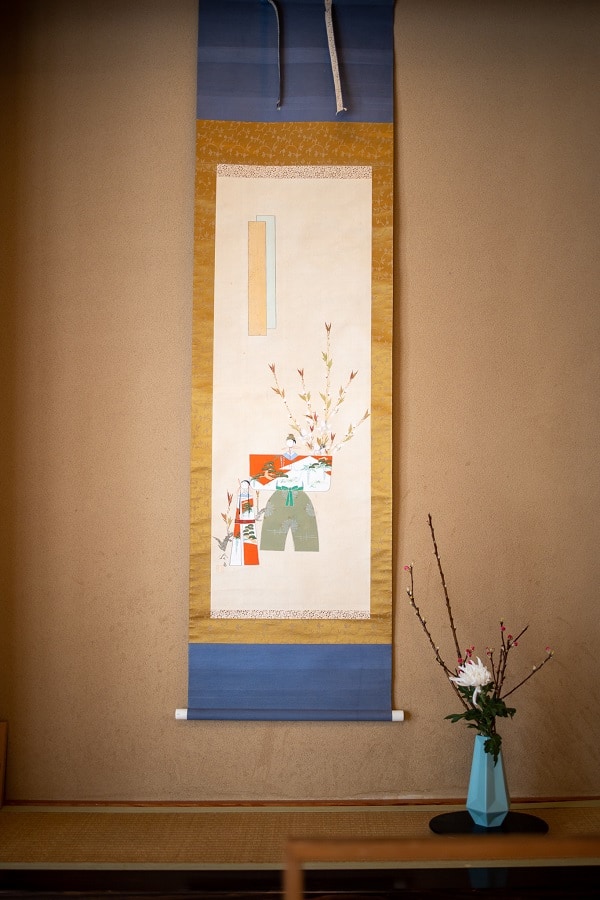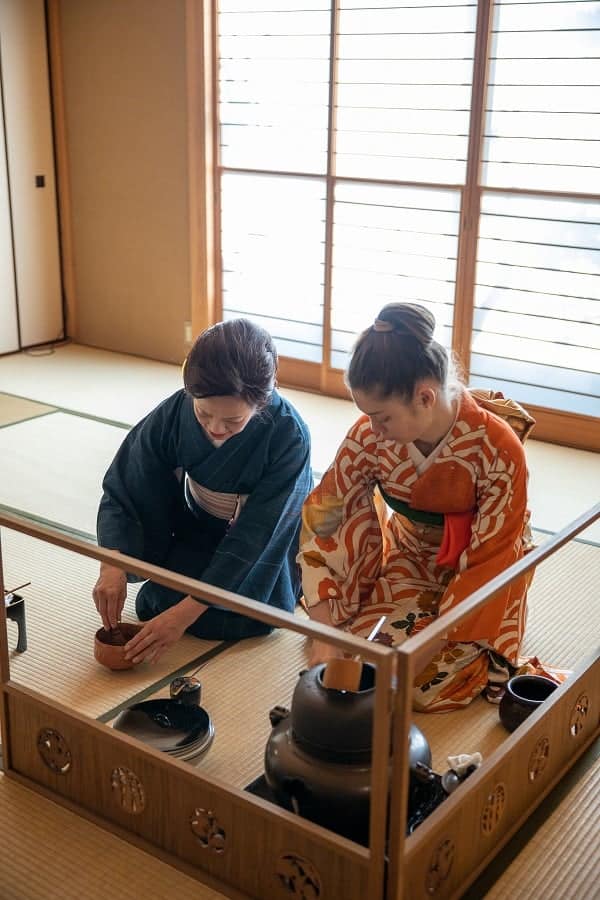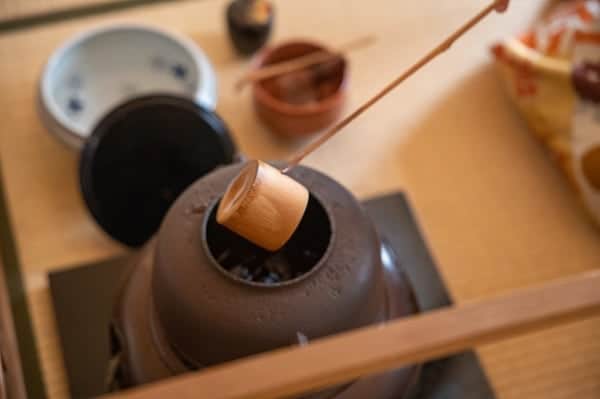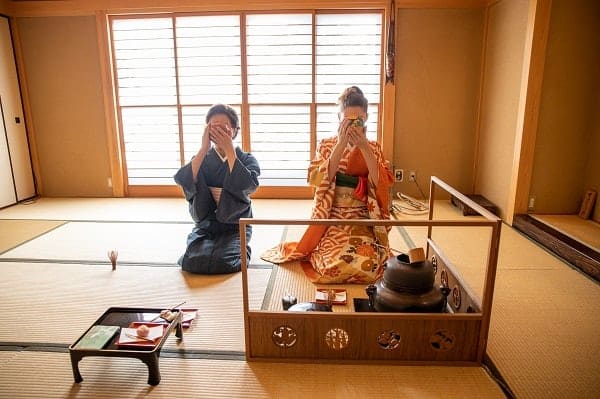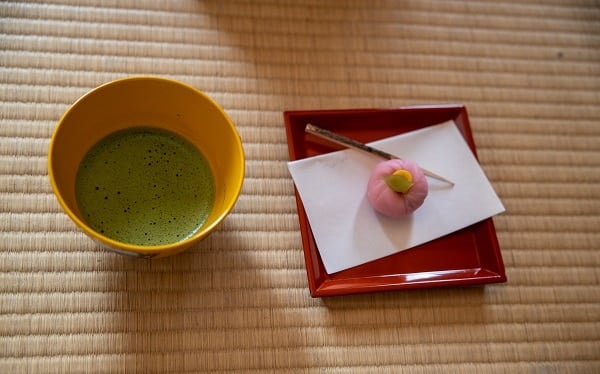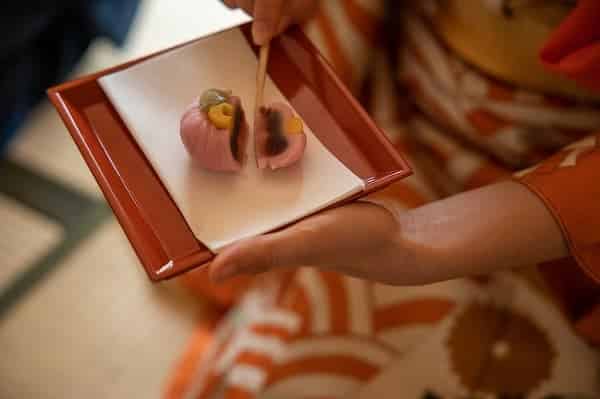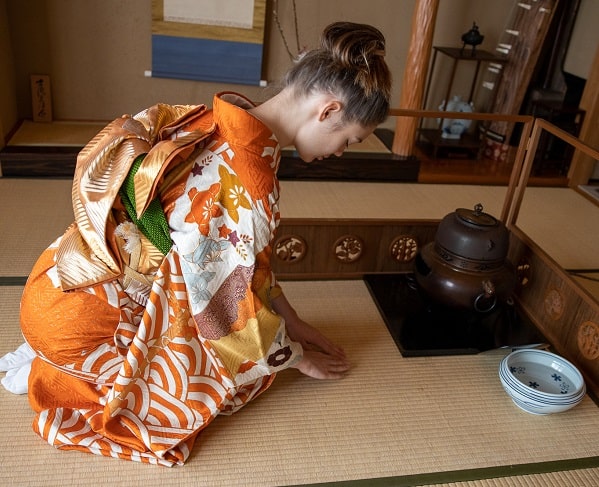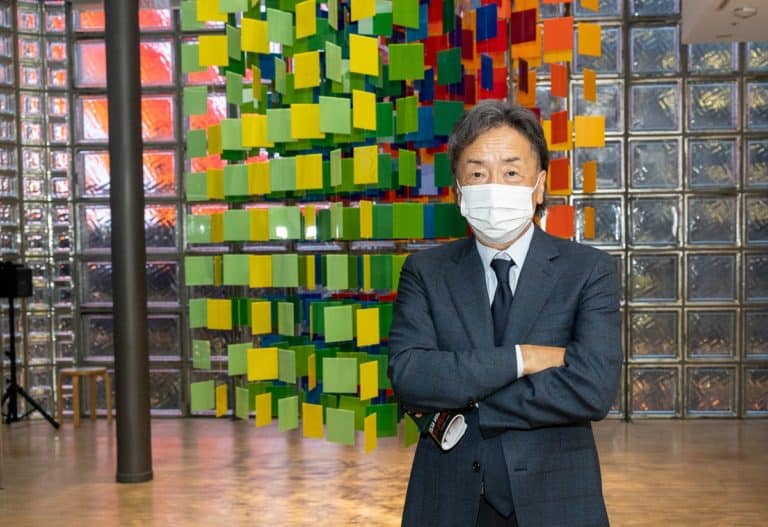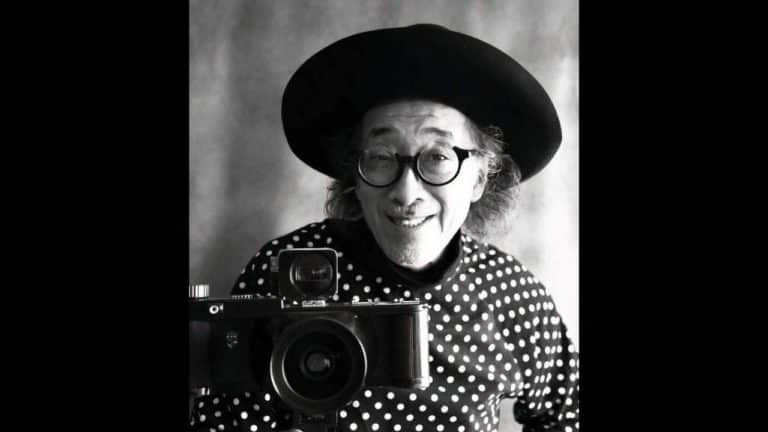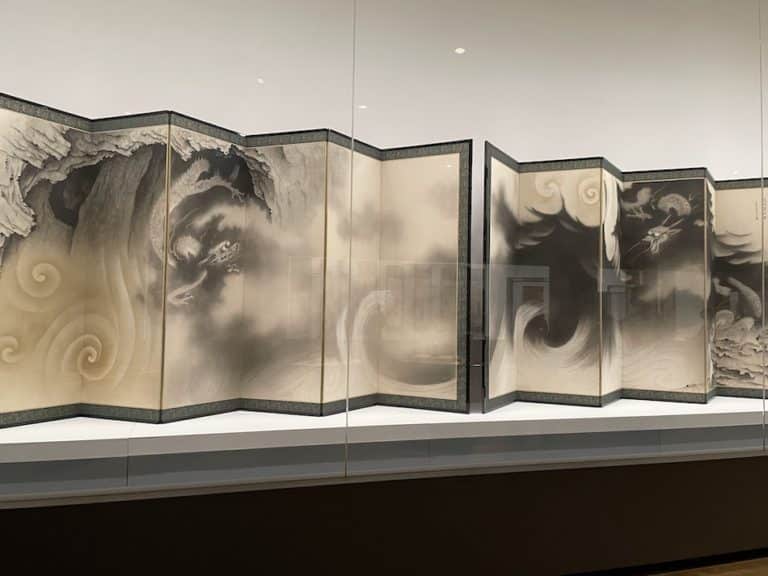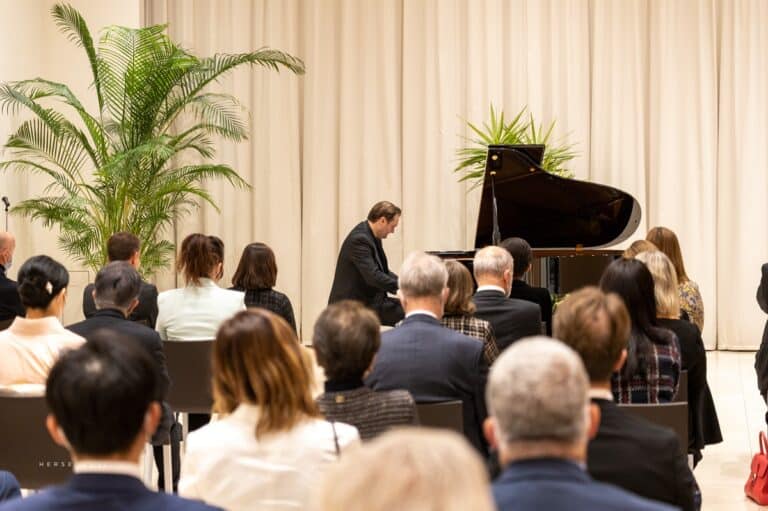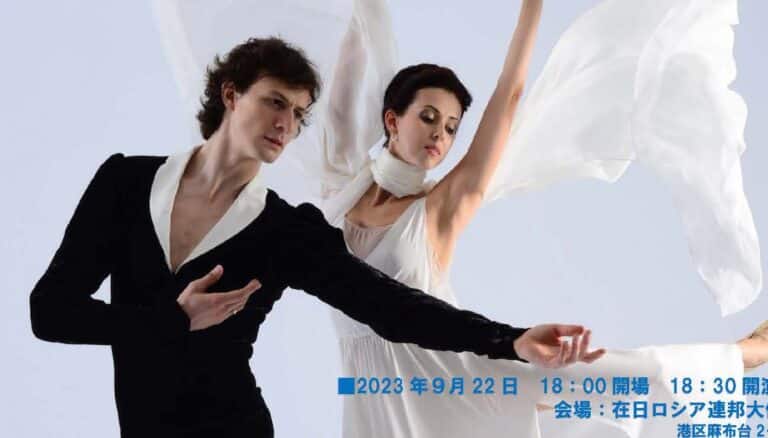Diving deep into Japanese culture – the Japanese Tea Ceremony
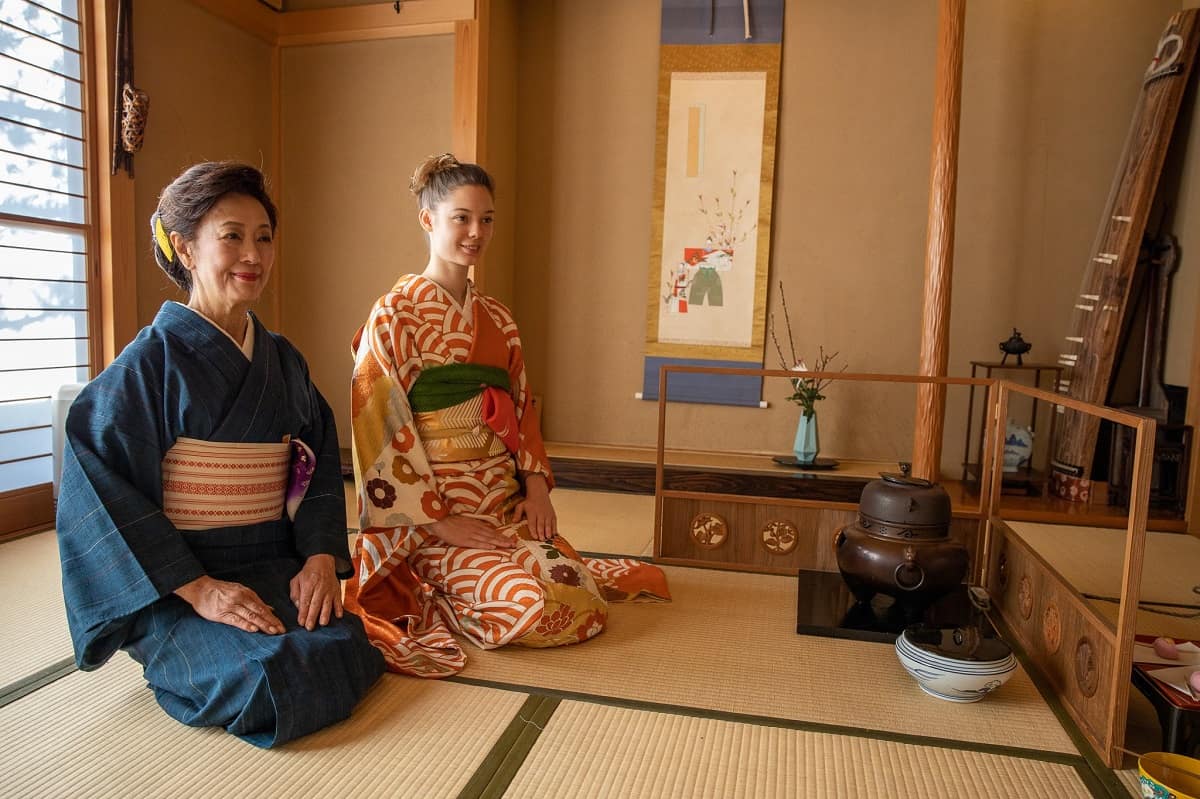
The Japanese Tea Ceremony, Visiting Japan can be an experience of a lifetime. Karaoke, electric town, fancy light shows, robot cafes, and sushi have become a symbol of cool and modern Japan. But we shouldn’t forget the old traditions and it’s deep-rooted culture that has given Japan its mystic and distinct character today. One of the core pillars of Japanese culture and tradition is the Japanese tea ceremony.
The Japanese tea ceremony (chanoyu), also called as “sadō or chadō’, is a Japanese tradition steeped in history. It is a rational Japanese cultural activity that helps people enjoy tea due to the unique philosophy and procedures involved.
It is said, that Samurais right after a fierce battle, still wearing their blood-covered armament would immediately join a tea ceremony with a tea master. They would wind down from the cruelty of battle and to honor their warriors as well as those of their opponents who fought gallantly.
Today, one of the main purposes of the tea ceremony is for the guests to enjoy the hospitality of the host and to enjoy a tea with a calm feeling in an atmosphere away from the fast pace of everyday life.
>>Get A Ticket: A front seat in Sumo Wrestling <<
Watch the Video
Not only that, in Japan you will find many courses that cater to locals in mastering tea ceremony, those appreciating the precise steps that are a feature of the ceremony. Such courses are still popular among young women and are believed to be a mark of respect through grace and proper etiquette.
Important Aspects of the Tea Ceremony
A. Dress code
For the dress code, it is advised to avoid flashy and tacky fashion and wear modest clothes as to not distract the tea experience. Although some shops do offer and let you borrow traditional clothes, like a kimono or yukata. It is also advised to remove jewelry that might damage the tea equipment and to avoid very strong perfumes.

B. Garden
The traditional tea ceremony venue is surrounded by a garden. The garden is deliberately kept tranquil and simple to encourage a calm spirit. Stones of varying shapes and sizes make up the path that leads to the teahouse. A stone lantern is placed close to a stone basin near the entrance where visitors wash their hands before entering the tearoom, to purify your body of the outside world.
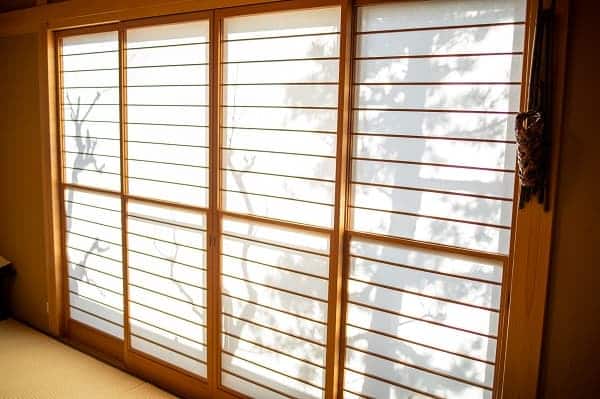
C. Tearoom
The ceremony is traditionally held in a tatami room. It is a traditional Japanese-style room with a unique interior design that includes tatami mats as flooring. Tatami mats are thick, woven straw mats that measure about one by two meters in size.
The entrance for guests is sometimes kept low so that entering guests have to bend over, symbolizing humility Shoes are taken off to keep the room clean and of any unwanted deities. Guests ideally sit in a seiza or kneeling position on the tatami floor.
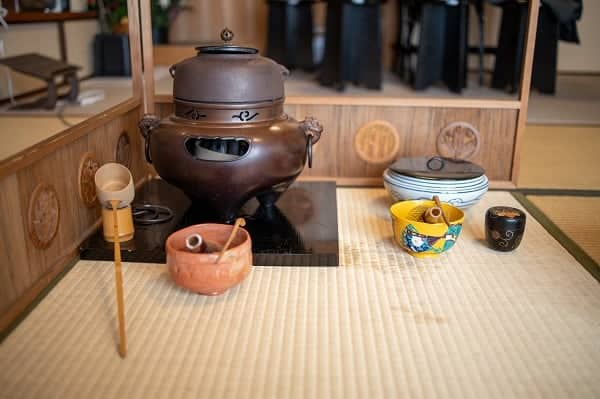
D. How to drink and enjoy tea
Pick it up with your right hand and place it on your left palm. With your right hand, turn it clockwise by around 90 degrees so that its front is not facing you anymore. Drink the tea in a few sips and place it back onto the tatami. Bow and express gratitude after receiving and finishing your tea. Once finished, turn the bowl so that the front now faces the host. The guests would then be asked if they would like another round of tea, and if not, the tea ceremony is over when the host washes the tea utensils and returns the equipment to where they were before starting.
Although the ideal tea ceremony is in a garden, as it is becoming popular for foreign visitors, there are a lot of places that you can experience this traditional activity. Some of these are listed below:
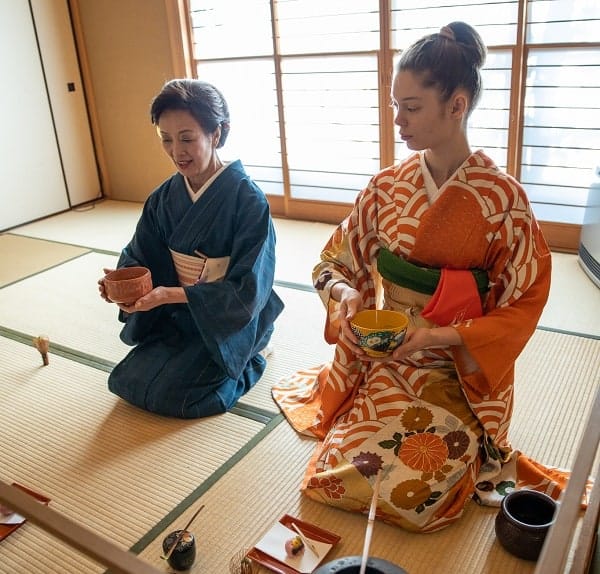
How and Where to enjoy Japanese tea
Today, you can join any of the group classes that offer tea ceremonies to tourists. It includes wearing kimonos for the guests, a small tea place like a personal grill in a Yaki-Niku restaurant and a teacher that makes the rounds to guide the students, which is certainly good value for money. You can also find tea ceremonies at selected restaurants throughout Japan. However, if you want to have a real authentic experience of traditional tea ceremony, nothing can beat a one-to-one lesson with a real tea master – see photo gallery.
Our Recommendation
Here are is our recommendation to book your tea ceremony experience:
Koryutoyokai School: https://www.koryutoyokai.com/
Tea and Ikebana master Noriko Yamamato takes excellent care of each and every guest with the attention to detail while maintaining a polite and friendly manner.
Her school, located in the popular living area of Tokyo, is through and through traditional. With a wonderful garden outside and traditional tatami mats, flower arrangements, and Japanese art inside.
Among her many guests have been members of the diplomatic circles, celebrities, and foreign models. We can only highly recommend her and her school.
For more details contact the school directly: English available.

History Background
Tea was introduced to Japan in the 8th century from China and was drunk as a medicinal beverage, mainly amongst priests and the upper class. It was not until the Muromachi Period (1333-1573) that the beverage gained popularity among people of all social classes. Around the same time, a more refined version of tea parties developed with Zen-inspired simplicity and a greater emphasis on spirituality. It is from these gatherings that the tea ceremony has its origins. The father of the modern way of tea was Sen no Rikyu (1522-1591) who advocated an austere, rustic simplicity. Most of today’s schools of tea ceremony, including Omotesenke and Urasenke, developed from his teachings.
One important meaning of the tea ceremony is ‘Wabi’ and ‘Sabi’, together meaning ‘beauty in simplicity’. From the 16th century, a shift occurred from a luxurious setting to a more rustic and simple ceremony. The setting of a tea ceremony became quite scarce with minimal décor and the teaware no longer boasted bright colors but more natural browns and greens. It truly focuses on tea, with each action executed so precisely and elegantly done to highlight the importance of the ceremony.

